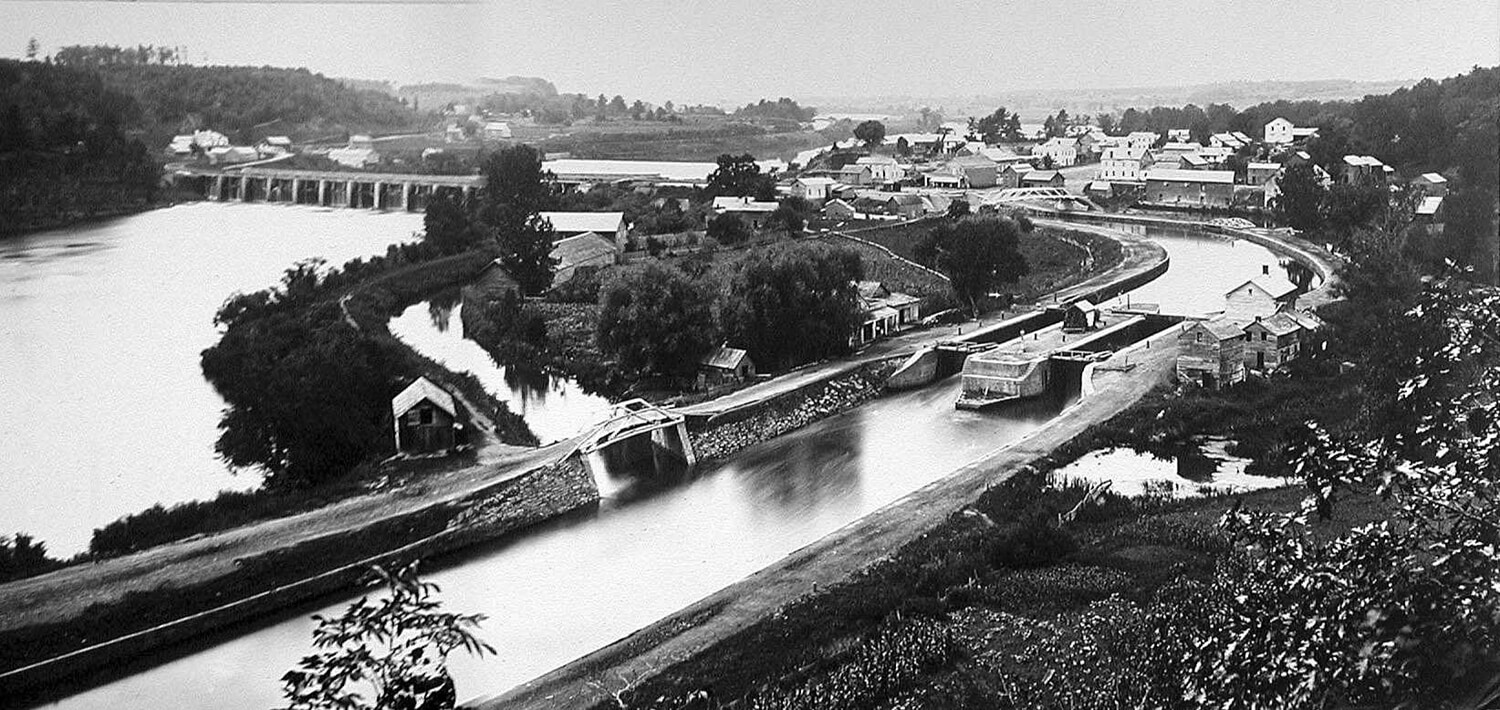
Albany and the Erie Canal:
The Gateway to Prosperity
In the 19th century, Albany, New York, stood at the crossroads of progress and expansion, thanks to one of the greatest engineering marvels of its time: the Erie Canal. Completed in 1825, the canal revolutionized commerce, positioning Albany as a critical node in the burgeoning trade networks of a young nation.
The Erie Canal stretched 363 miles from Albany to Buffalo, connecting the Hudson River to the Great Lakes. This allowed goods to move efficiently between New York City and the expanding Midwest. Before the canal, transporting goods over land was expensive and time-consuming. The Erie Canal reduced the cost of shipping by 90%, transforming Albany into a bustling trade hub.
The city’s strategic location at the confluence of the canal and the Hudson River made it the gateway to both domestic and international markets. Lumber from the Adirondacks, grain from the Midwest, and a variety of manufactured goods flowed through Albany on their way to New York City and beyond. The canal trade created a thriving local economy, spurring the growth of industries such as shipbuilding, warehousing, and finance.
The wealth generated by canal trade laid the foundation for Albany’s urban growth. The city expanded rapidly, with warehouses lining the waterfront and bustling markets springing up. The population grew as workers flocked to the area for opportunities in trade and industry. Many of Albany’s historical landmarks, including remnants of its canal infrastructure, still stand today as a testament to this transformative period.
While the Erie Canal was vital in the 19th century, its importance began to decline with the advent of railroads in the late 1800s. Railroads were faster, more reliable, and operated year-round, unlike the canal, which froze over during the winter. Over time, railroads became the dominant mode of transportation, and the canal was gradually relegated to local use.
In the 20th century, highways and trucking further diminished the canal’s role in commerce. While the Erie Canal still exists as part of the New York State Canal System, it is primarily used today for recreational purposes, attracting boaters and tourists rather than freight.
